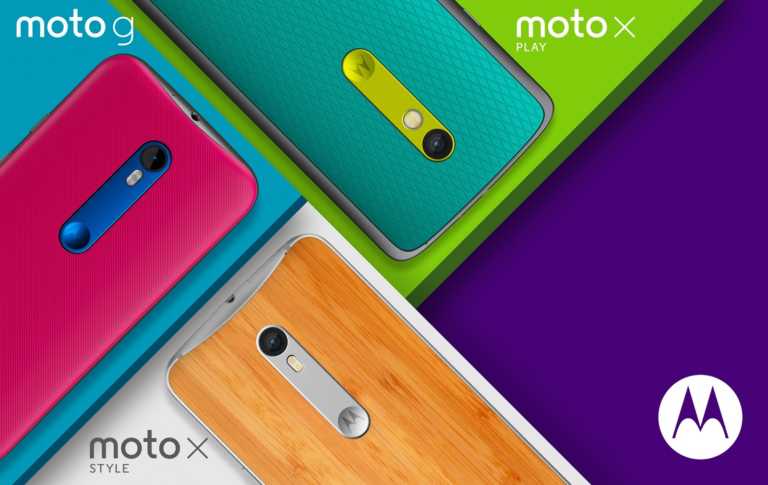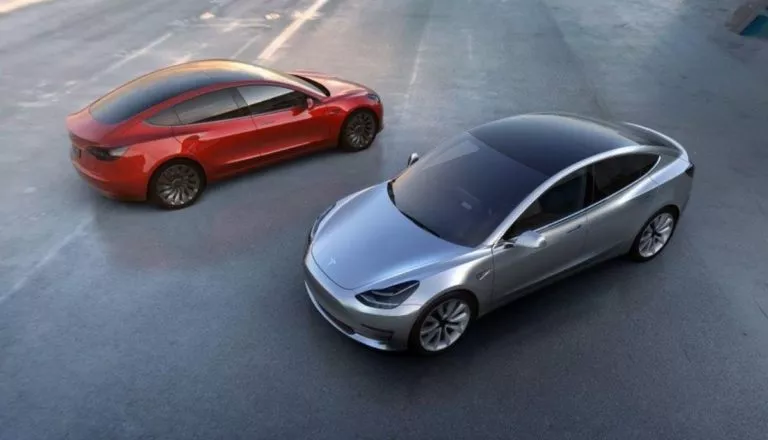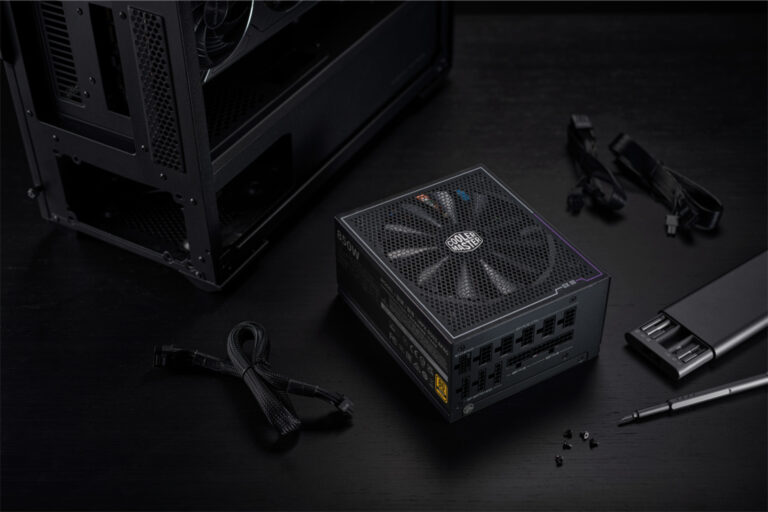How is NEURA Robotics Reshaping the Robotics Industry?
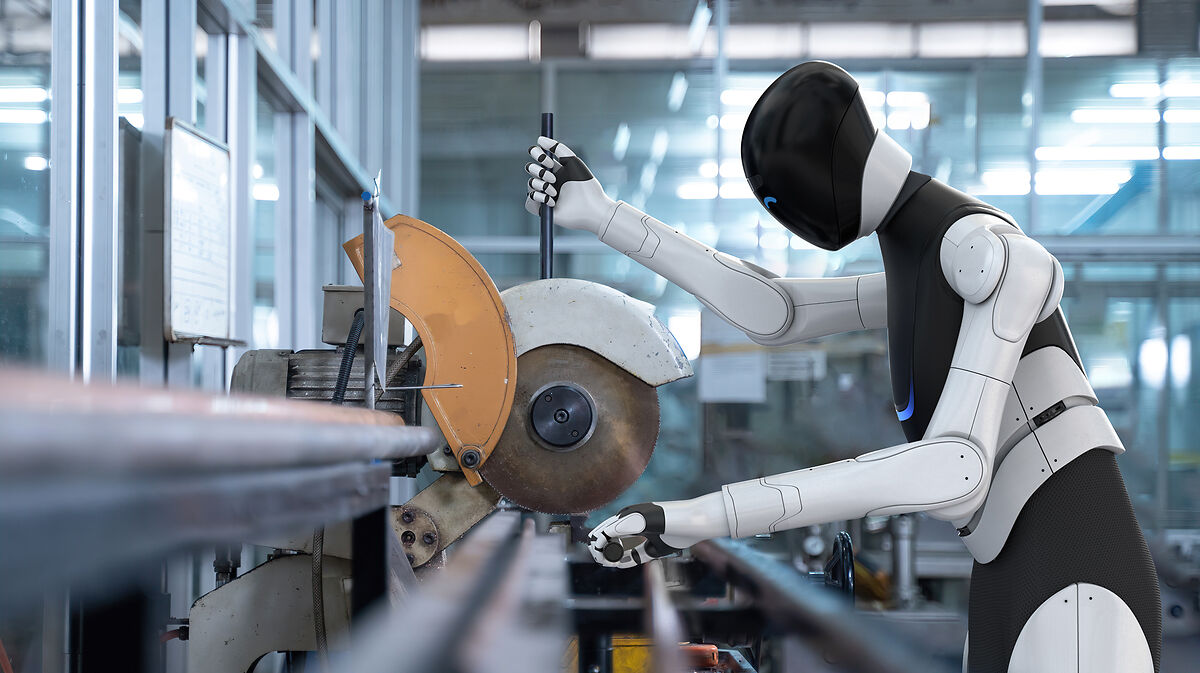
We’ve all imagined a future where robots do our chores, giving us more time to spend with family and loved ones. While industrial robots are already a thriving industry, household robots have never become a reality due to issues with manufacturing and scaling the tech for a wider audience. However, with AI technology witnessing a massive boom, companies like NEURA Robotics aim to revolutionize both the everyday and industrial robotics sectors.
What is NEURA Robotics?
For anyone following the robotics world, NEURA Robotics needs no introduction. For everyone else, this German company, founded in 2019, specializes in creating AI-powered, human-centric robots that use machine learning and advanced sensing technologies to understand, adapt to, and meet people’s needs.
In simple terms, NEURA aims to eliminate all boring and repetitive tasks from people’s lives, enabling them to focus on creativity and solving essential problems. To achieve this vision, the company has developed several specialized robots: 4NE-1, MAiRA, MAV, LARA, and MiPA, each designed to address specific needs.
1. 4NE-1
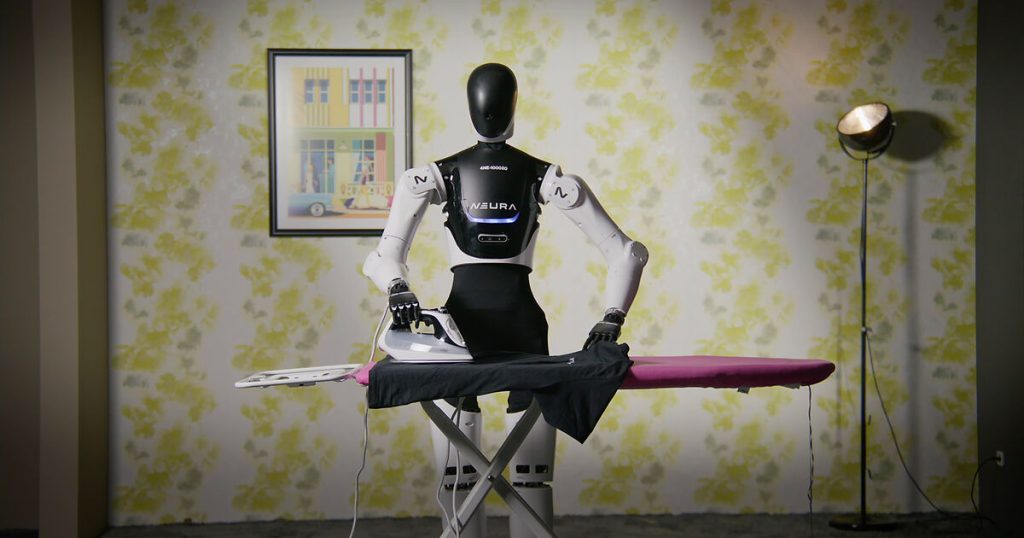
Humanoid robots have been a part of science fiction for over a century, and they are finally coming true. The 4NE-1 is NEURA’s latest creation, built to handle delicate home tasks that require precision.
Weighing around 80 kg with a payload capacity of 15 kg, 4NE-1 is equipped with a 3D vision sensor that recognizes objects. It allows it to interact with humans using voice, gestures, and even emotions.
Such robots can have different applications, including:
- Manufacturing Support: Transporting goods and handling precision-based tasks in industrial plants.
- Household Assistance: Performing chores like cleaning, loading the dishwasher, and doing laundry.
- Healthcare Support: Assisting elderly patients with mobility and ensuring they take their medications on time.
2. MiPA
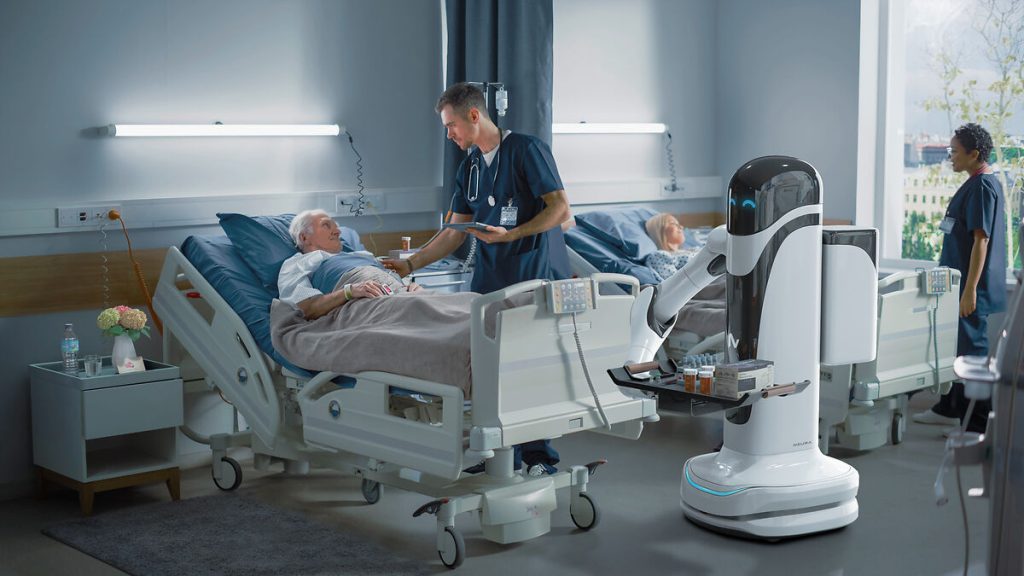
While being super helpful in home settings, humanoid robots have certain drawbacks in industrial and retail settings. This is exactly where MiPA, or My Intelligent Personal Assistant, comes into play.
Designed to work in both professional and home environments, MiPA features a face similar to 4NE-1 but differentiates itself with wheels for movement, which significantly increases its mobility and speed.
Equipped with force-torque sensors and Touchless Safe Human Detection technology, MiPA can safely interact with humans and recognize nearby objects. Its built-in AI allows it to understand commands in multiple languages and learn from user interactions over time.
Speaking of applications, MiPA is best suited for the retail sector, where it can assist customers in selecting products and managing inventory. Like the humanoid robot, MiPA can also ensure the timely delivery of food and medicine to patients.
3. MAiRA
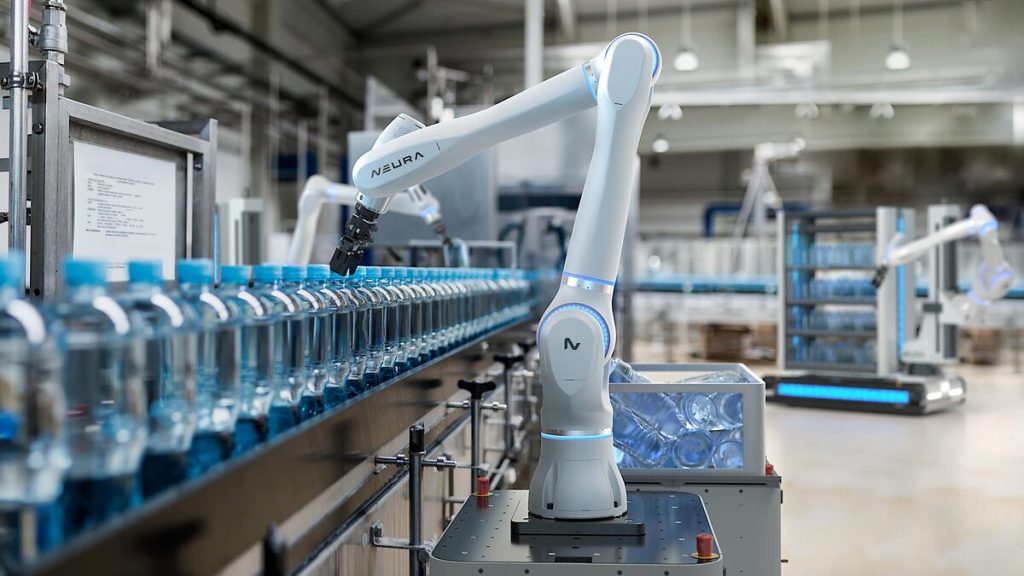
MAiRA, or Multimodal AI Robot Assistant, is the world’s first cognitive robot, meaning it can see, hear, and feel its surroundings.
Thanks to its in-house-developed AI and state-of-the-art sensors, MAiRA can assist with complex healthcare tasks such as surgeries, patient care, and high-precision industrial roles like welding and logistics. Additionally, MAiRA can be paired with the MAV autonomous mobile robot, enabling it to navigate entire warehouses and support research and manufacturing operations.
Looking Forward
Companies like NEURA are at the forefront of robotics innovation, driving the industry toward a more autonomous future. With recent €120 million Series B funding secured and production commencing in Germany, robots like the 4NE-1, MiRA, and MAiRa will create a whole new environment where both humans and robots coexist and complement each other in various roles.

